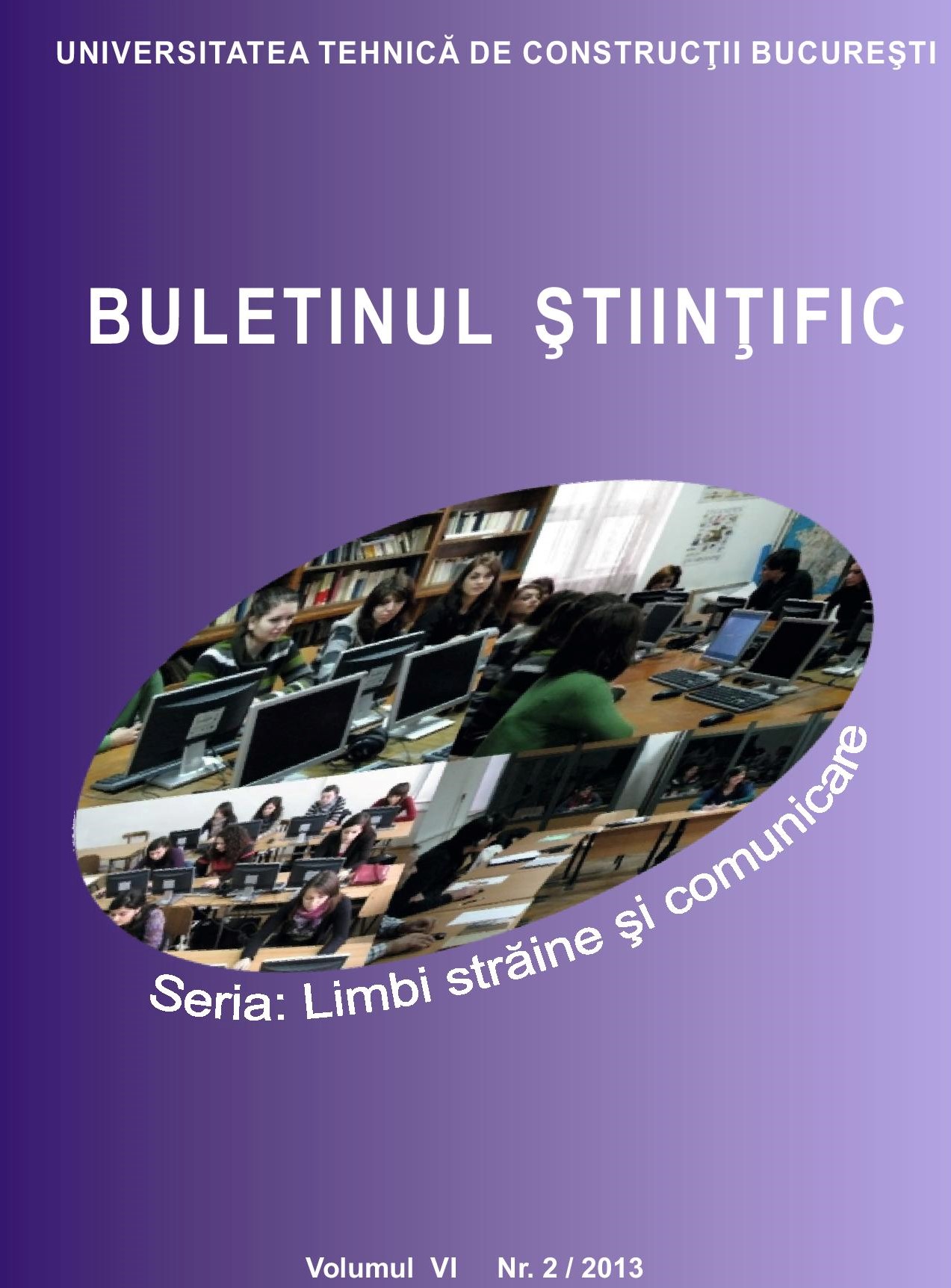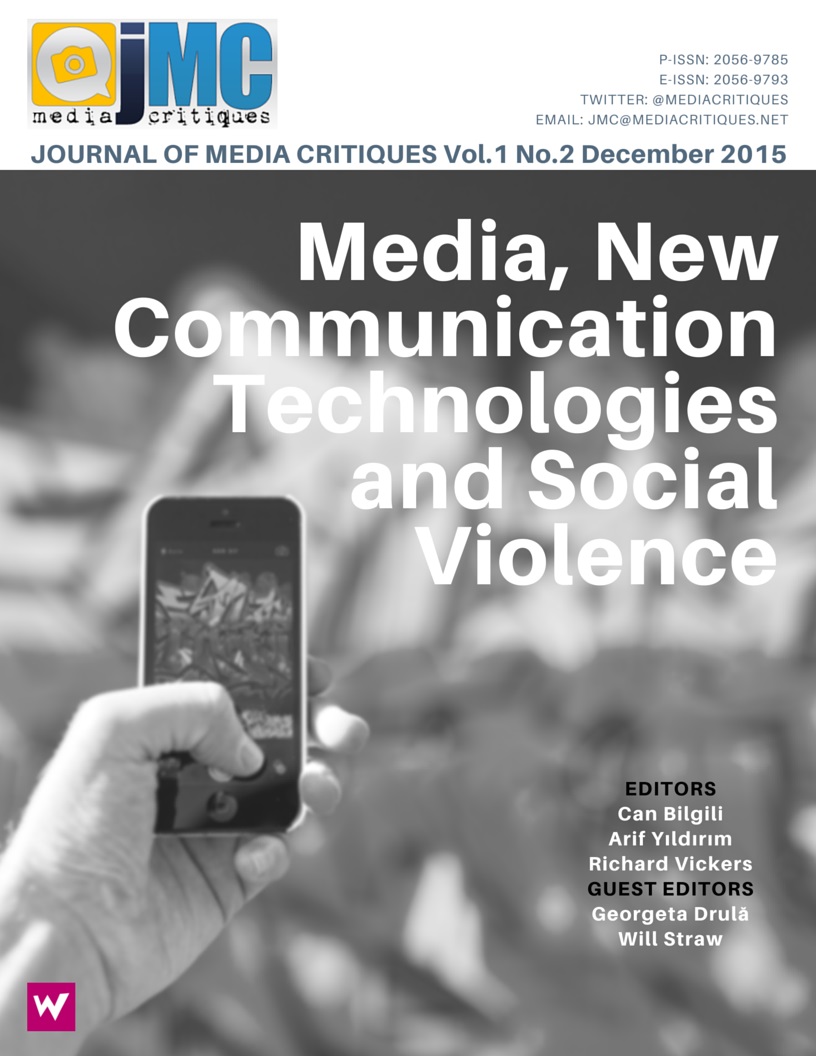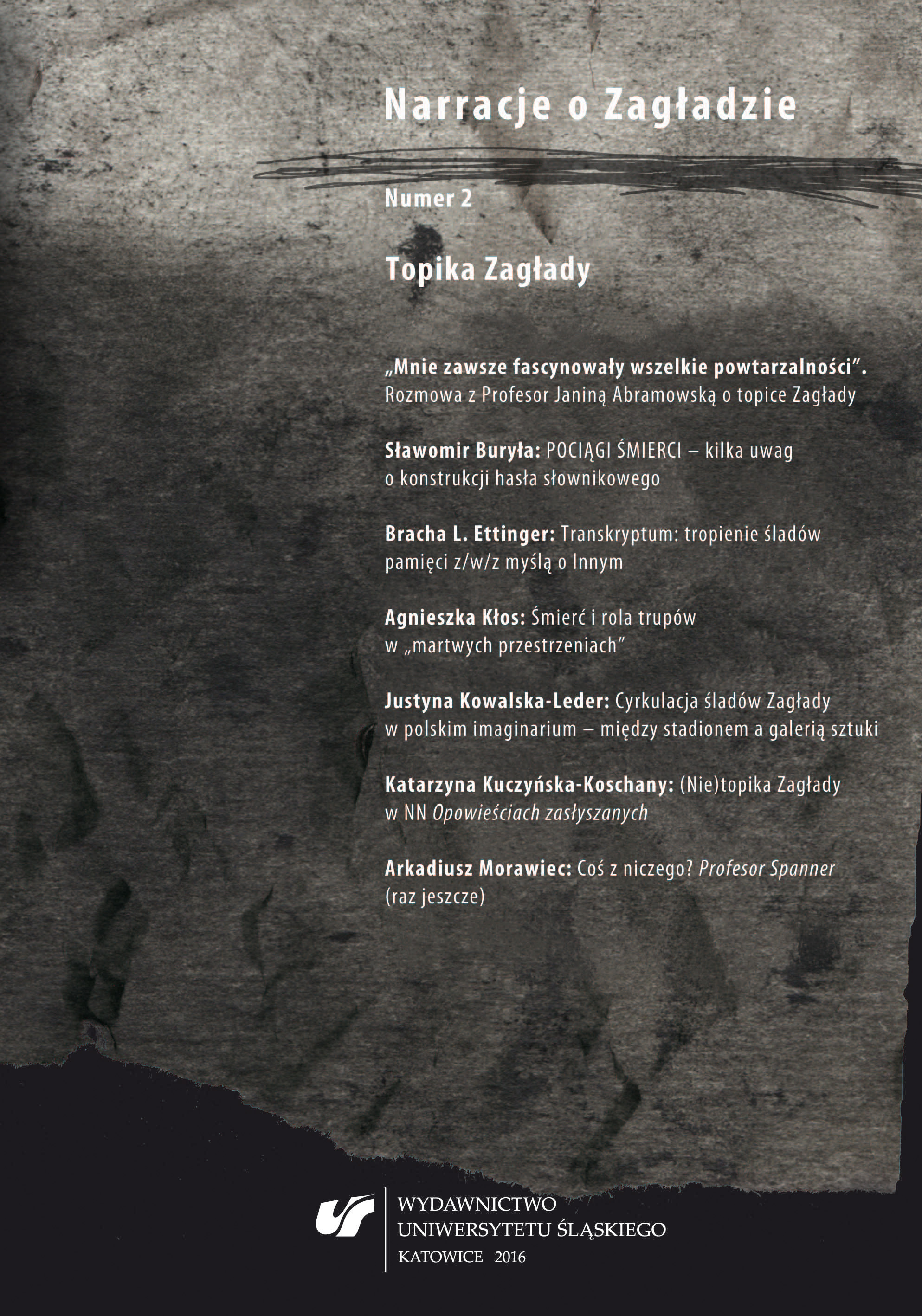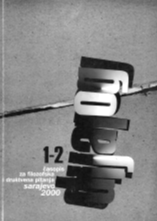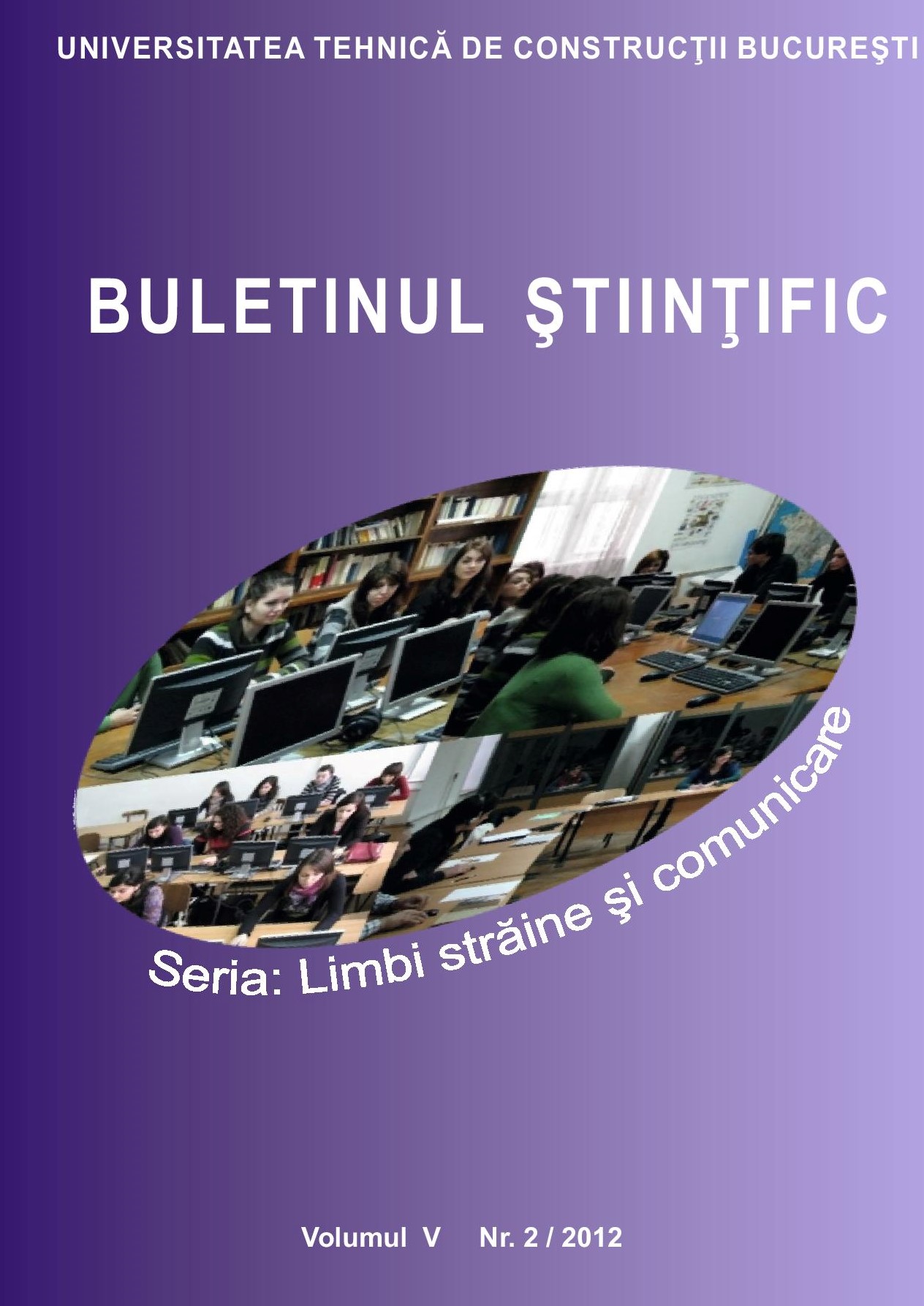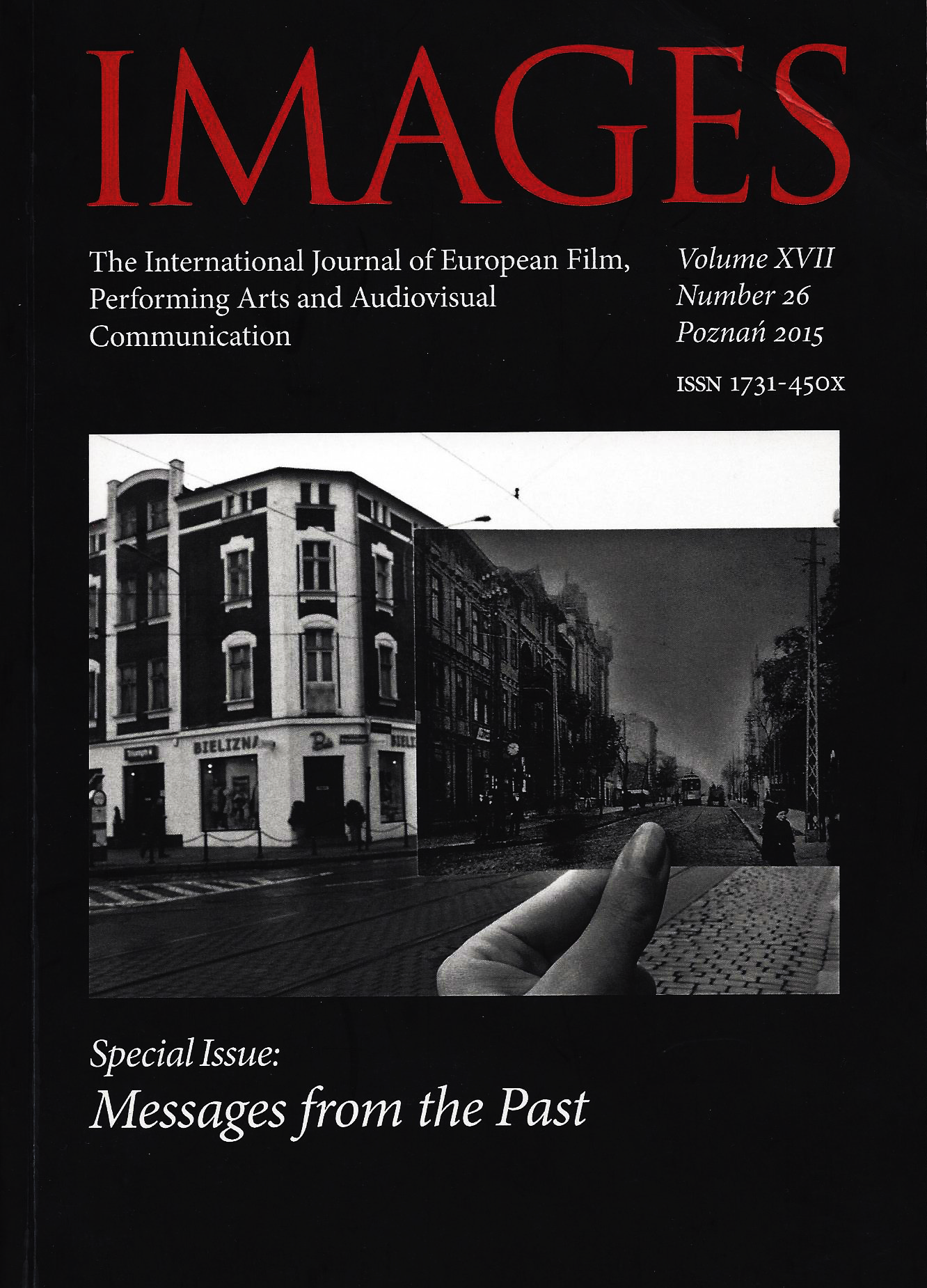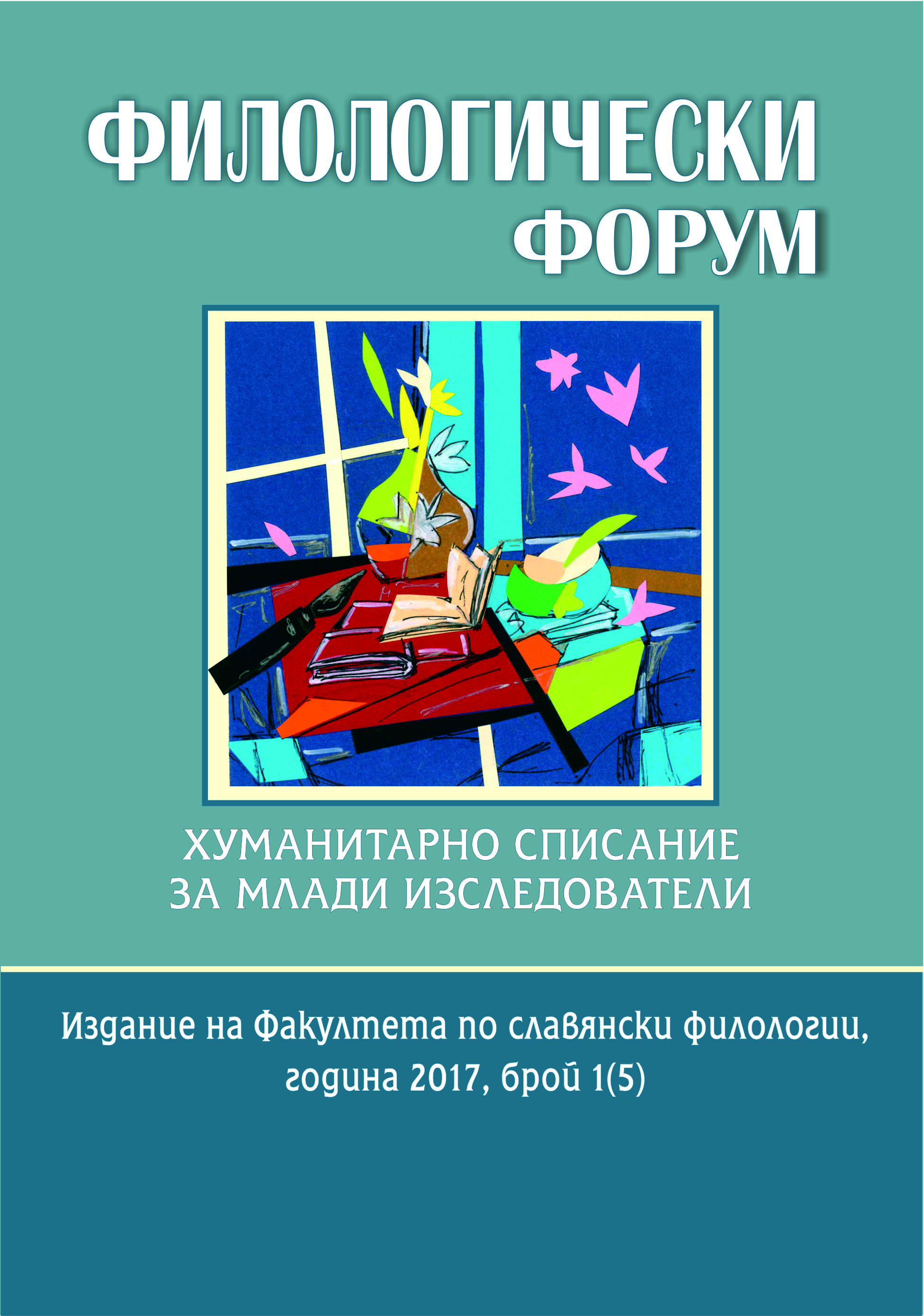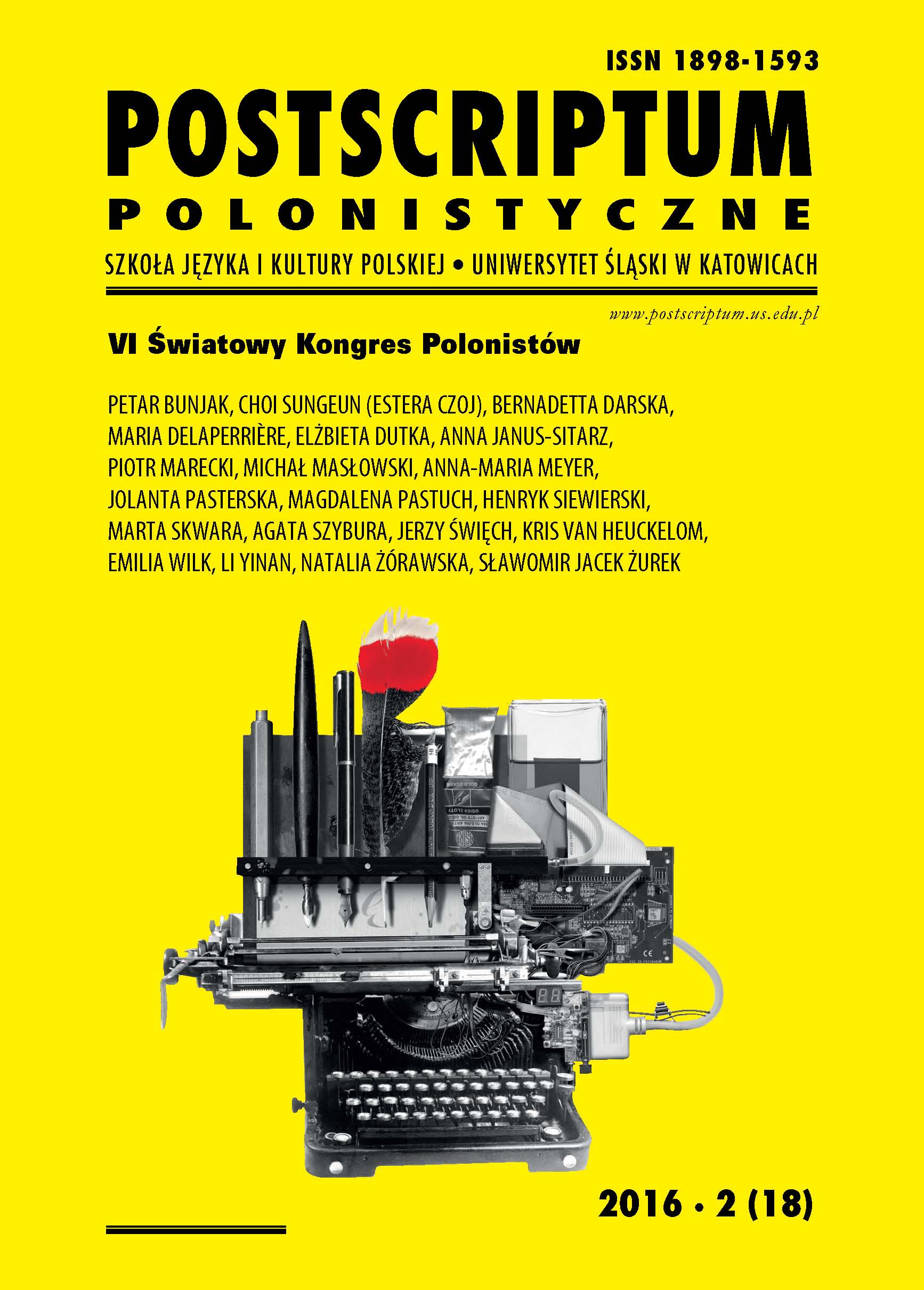
Srebrny ekran i paryski bruk. Filmowe portrety polskich emigrantów w produkcjach zagranicznych i międzynarodowych (1976–2011)
The article looks into the changing on-screen treatment of Polish immigrant characters living on ‘the Paris pavement’. The corpus of film productions under discussion includes Roman Polański’s “The Tenant” (1976), Peter Kassovitz’s “Mariage blanc” (1986), Costa Gavras’s “La petite apocalypse” (1993), Krzysztof Kieślowski’s “Trois couleurs: Blanc” (1994), Paweł Pawlikowski’s “The Woman in the Fifth” (2011) and Małgorzata Szumowska’s “Elles” (2011). As a comparative analysis of the films involved indicates, both the immigrant characters and the urban space associated with them are subject to gradual changes (although some remarkable spatial motifs, such as the balcony and the roof, make their appearance both in the older and the newer productions). If the earlier films tend to focus on the – often geopolitically connoted – marginalization and degradation of male (anti)heroes in the city’s historical center (or its immediate vicinity), then the more recent films shift focus to the urban periphery, where the Polish characters become part of what Dina Iordanova has called the ‘metropolitan multicultural margins’, along with other, economically underprivileged newcomers from various parts of the (postcolonial and post-Communist) world.
More...
